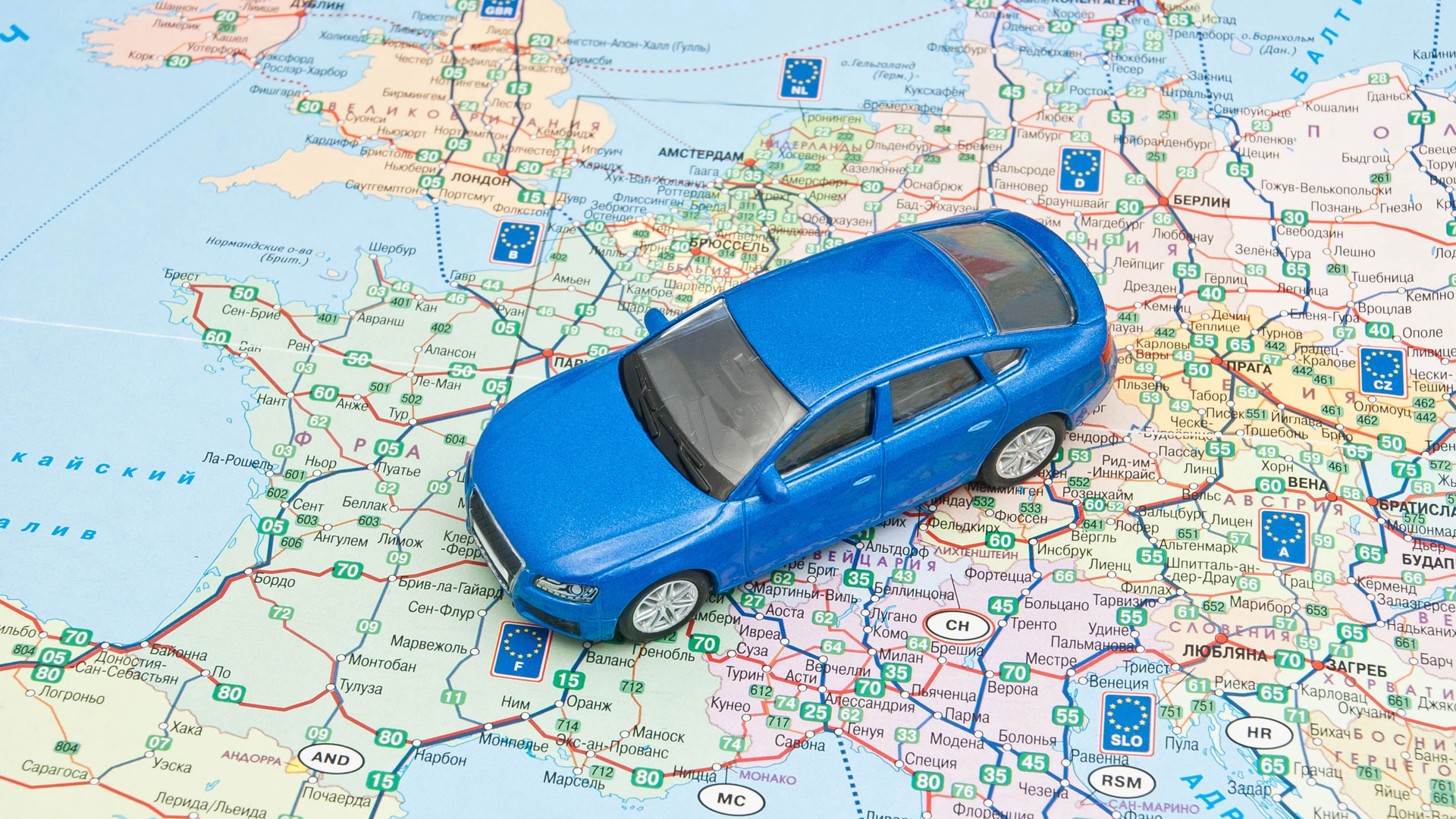
From 29 March, regardless of whether there’s a Brexit deal or no-deal, British motorists will probably require a Green Card to drive in the EU. That’s according to fleet management specialist Venson Automotive Solutions.
The company is urging businesses to ensure that employees have the right paperwork in place to take their company car abroad, as simply having a UK driving licence won’t cover the legal requirements once the UK has left the EU. If the country leaves without a deal, the situation gets more complicated.
In the event of a no-deal, it is highly likely that drivers will be refused access to the EU (except the Republic of Ireland) if their passport expires within six months. Drivers are advised to check their passport’s expiry date using this government tool.
The government is pushing for UK driving licences to be recognised for trips to Europe, but in the worst case scenario, drivers will require an International Driving Permit (IDP) for all EEA countries (EU plus Iceland, Liechtenstein and Norway) except Ireland.
The Green Card
If the UK leaves the EU without a deal, drivers will require a Green Card from their insurance provider as proof that their car is covered.
The Green Card will replace the current European Certificate of Insurance, which allows UK citizens to travel under one simple certificate. Drivers of leased and rented vehicles require a VE103 certificate from their hire or leasing company before taking a vehicle overseas.
Simon Staton, director of client management at Venson Automotive Solutions said: “Under the Brexit deal drafted at the end of 2018, visa-free travel should continue as it currently stands, until the end of the transition period.
“But in the event of a no-deal, businesses need to make sure they are fully aware of what arrangements need to be made before their drivers get on the road in European countries.”
Venson’s European motoring checklist

Venson Automotive Solutions has issued an eight-point checklist for company car users driving in Europe. This can be summarised as follows:
- If you’re taking your company car to Europe contact your fleet manager or fleet management company to check whether you need an authority to travel form, a VE103. Processing of the form typically takes two weeks.
- Check your passport to ensure it is not within six months of the expiry date. If it is, it will need to be renewed.
- Check if you need a Green Card. This replaces the current European Certificate of Insurance.
- Even if you regularly drive abroad always check the local rules of the road before you go, as requirements can change.
- Check your service schedule, and if one is due, make sure it’s carried out in advance of your visit to reduce the chance of expensive breakdowns while you’re abroad.
- Check all tyres for condition, pressure and tread depth before you go. Most countries have the same requirement as the UK – a minimum tread depth of 1.6mm over the central three-quarters of the tread and around the whole circumference.
- Before setting off on your journey make sure you have valid breakdown cover for Europe.
- Many countries require visiting motorists to carry a safety bag. Check the AA website for country advice before you go.
Read more
- Why you might need new number plates after Brexit
- Ex-pat Brits may need to re-take driving test after Brexit
- How to get an International Driving Permit